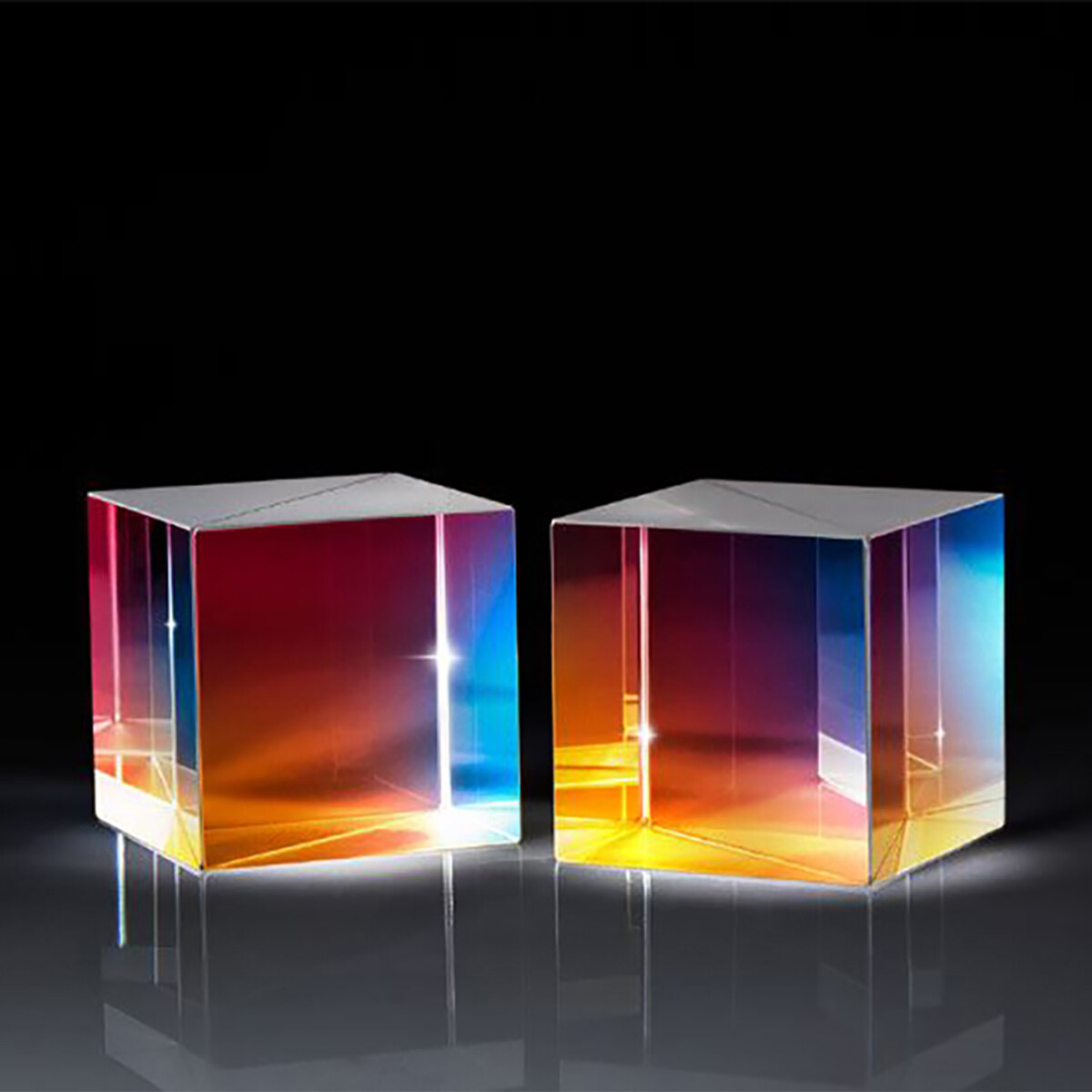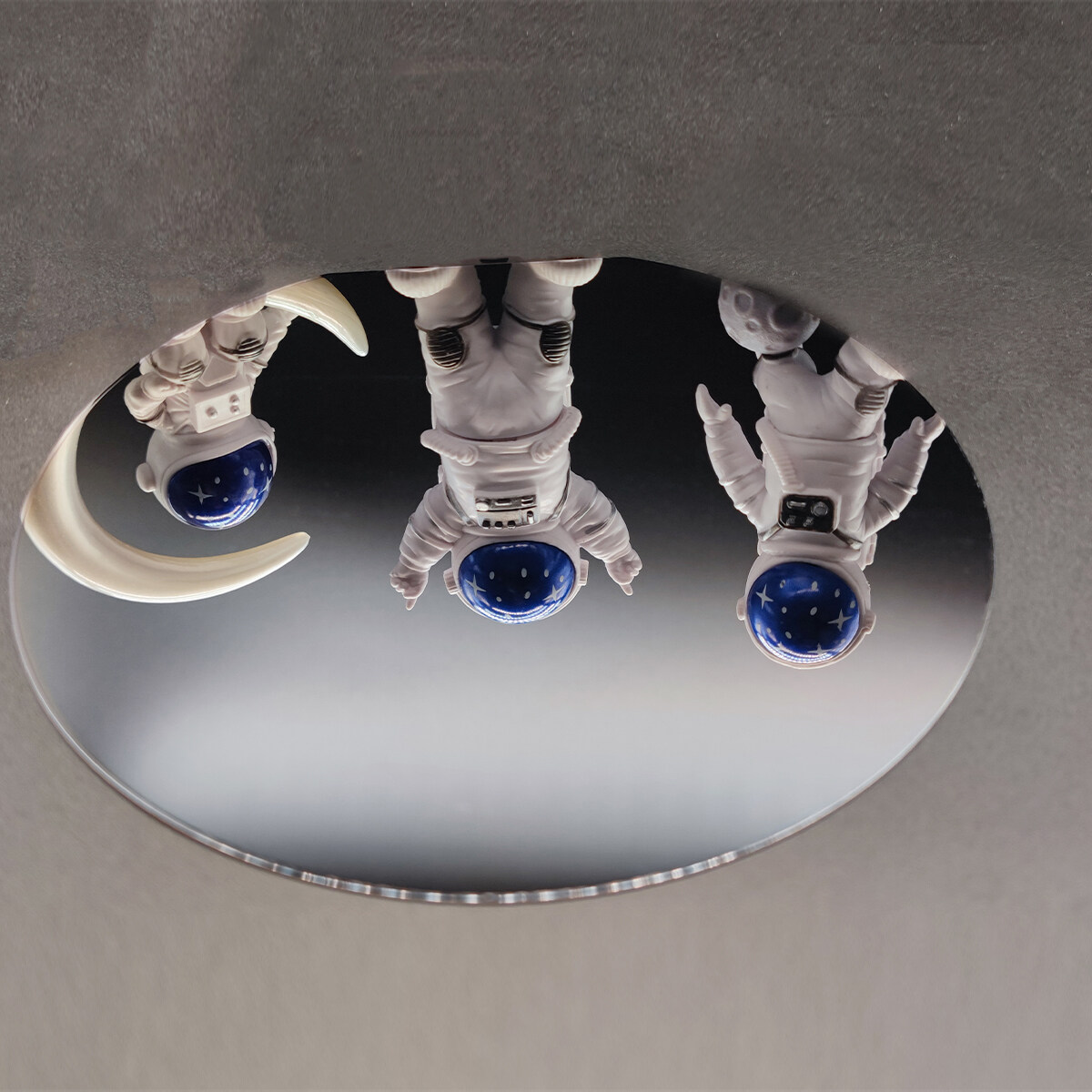Email format error
Email cannot be empty
Email already exists
6-20 characters(letters plus numbers only)
The password is inconsistent
Email format error
Email cannot be empty
Email does not exist
6-20 characters(letters plus numbers only)
The password is inconsistent

Depolarization Spectroscopy Film
A kind of optical medium material composed of thin layered media and propagating light beams through the interface. The application of optical thin films began in the 1930s. In modern times, optical thin films have been widely used in the fields of Optics and optoelectronic technology to manufacture various optical instruments.
Structure of optical film
The main optical thin film devices include reflection film, antireflection film, polarization film, interference filter, and spectroscope, etc. They have been widely used in the national economy and national defense construction, and have received increasing attention from scientific and technological workers. For example, the use of antireflection film can reduce the luminous flux loss of complex optical lenses by ten times; The output power of the laser can be doubled by using a high reflectance mirror; The efficiency and stability of silicon photocell can be improved by using optical thin film.
The simplest optical film model is a thin layer of homogeneous medium with a smooth and isotropic surface. In this case, the optical properties of optical thin films can be studied by light interference theory. When a monochromatic plane wave is an incident on the optical film, multiple reflections and refractions occur on its two surfaces. The directions of the reflected light and the refracted light are given by the reflection law and the refraction law, and the amplitudes of the reflected light and the refracted light are determined by the Fresnel formula.
What is an optical spectroscopic film?
The optical beam splitter is an optical thin-film filter that divides the beam into two parts according to certain requirements and certain ways. Optical spectroscopic films mainly include wavelength spectroscopic films, intensity spectroscopic films, and polarization spectroscopic films.
In addition, the wavelength spectroscopic film is also called the two-color spectroscopic film. As the name suggests, it is a film that divides the light beam into two parts according to the wavelength region. This film can be a cut-off filter or a band-pass filter. The difference is that the wavelength spectroscopic film should consider not only the transmitted light but also the reflected light. Both of them require a certain shape of the spectral curve. The wavelength spectroscopic film is usually used at a certain incident angle. For example, after the 45 ° test of the long wave pass filter, it will become a 45 ° dichroic mirror.
Light intensity spectroscopic film is a film that divides the beam into two parts according to a certain light intensity ratio. Sometimes, the film of this optical film only considers a certain wavelength, which is called monochromatic spectroscopic film; Sometimes we need to consider a spectral region called broadband spectroscopic film; The wide-band spectroscopic film for visible light, also known as neutral spectroscopic film, is also often used at oblique incidence angles, such as visible light 90:10 spectroscopic film, 80:20 spectroscopic film, 50:50 spectroscopic film.








